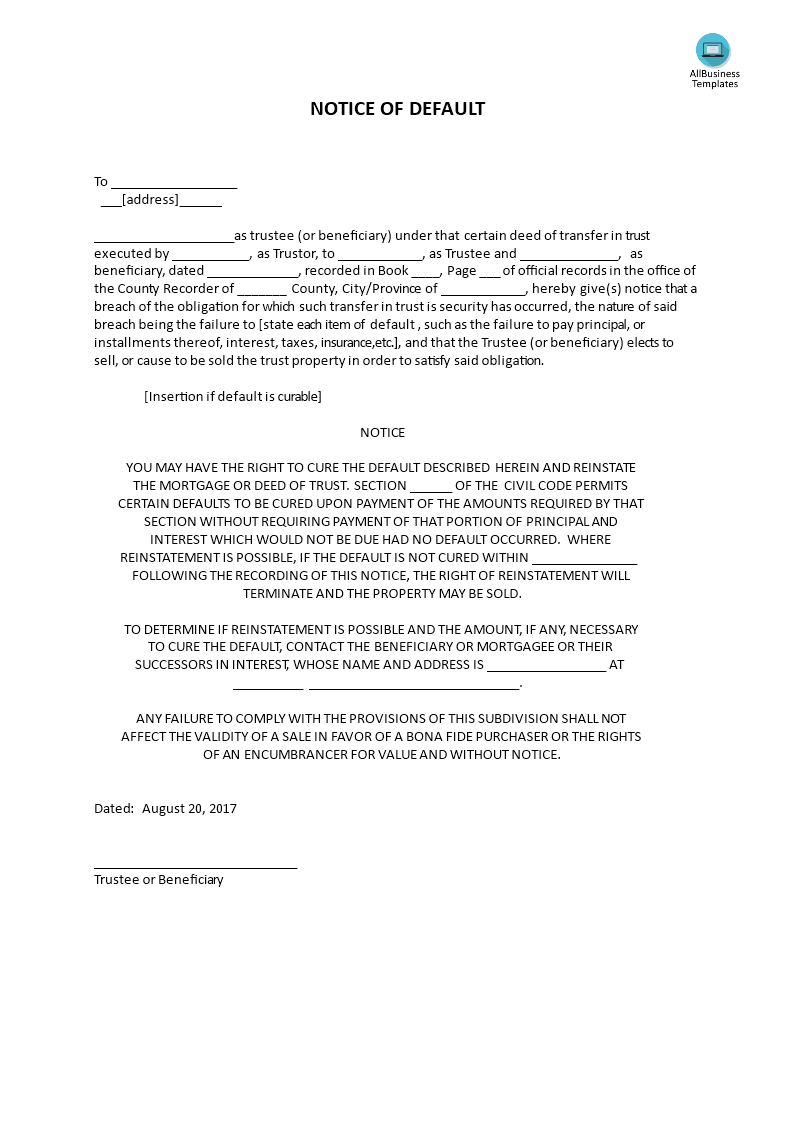


Mortgage lenders had approved loans for people who could not afford the payments. During the financial crisis in 2008, mortgage default rates soared. Default terms vary depending on the loan type and mortgage contract. Going forward, improvements to data and models will allow researchers to make progress on the two central questions in this literature. A loan default is when a borrower breaks his or her original agreement with a creditor or lender by discontinuing payments. There are two types of defaults: fiscal and covenant. A mortgage default could occur if the borrower transfers the title to a new owner without the consent of the lender.
MORTGAGE DEFAULTS DRIVERS
Mortgage defaults also featured prominently in early papers that pointed to subprime and other privately securitized mortgages as fundamental drivers of the housing boom, although this research has been criticized recently. Economists already understood a great deal about default, both theoretically and empirically, when the crisis began, but new research has moved the frontier further by improving data sources, building dynamic optimizing models of default, and explicitly addressing reverse causality between rising foreclosures and falling house prices. When a borrower repeatedly misses payments or stops making them altogether, there can be serious ramifications both in the short and long term. Defaulting can also occur with credit cards and student loans. This article reviews the surge in research on mortgage default inspired by the recent foreclosure crisis. Mortgage default arises when a borrower fails to make monthly payments on a home loan.


 0 kommentar(er)
0 kommentar(er)
